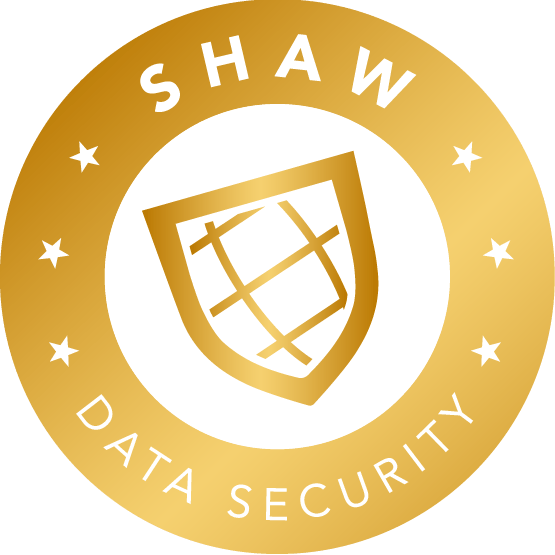10 Security Risks That Matter Most To Your Customers
1) Access to your network
The hardware devices and software applications that have access to your network should be inventoried, tracked, and corrected to prevent access from attackers. Unauthorized devices or software should be denied access.
2) Attacks on your systems
Processes should be in place to monitor events that impact your network and security. Events should be logged and analyzed to help you detect and recover from attacks.
3) Strength of your defenses
Penetration tests that mimic the actions of an attacker will help you test the overall strength of your defenses – including people, processes, and technology.
4) Encryption of data
Sensitive data should be encrypted when being transferred and at rest and to limit the effects of a data breach.
5) Malware Defense
Updating malware defense, gathering data, and taking corrective action can be automated to control malicious code.
6) Incident Response Planning
Developing and incidence response infrastructure involves defining roles, providing training, and planning management oversight to protect your organization and reputation.
7) Data Recovery
It’s crucial to have a backup policy in place to ensure timely recovery in the event of a data loss.
8) Employee training as the first line of defense
The number one security threat continues to be email, which delivers phishing scams, crypto-mining malware, ransomware and much more. Your employees need to understand how to identify and avoid possible email threats.
As part of the onboarding process and before they have access to data, employees need to be trained to understand company information security policies and procedures. Training should be required for all employees on an annual basis.
9) Keeping data on a need-to-know basis
Who can see your sensitive data and systems? Access should be limited only to the people who need it to do their jobs, and processes need to be in place to revoke access when they change roles or leave the company.
10) Managing your third-party vendor risk
You have to prove that you have evaluated your vendors and that they are handling data according to best security practices. We can help you Manage Your Third Party Vendor Risk and establish or improve an existing process, implement an automated system that reliably tracks and documents the results, and even provides risk analyst personnel to staff the process.


